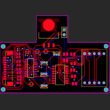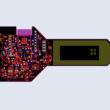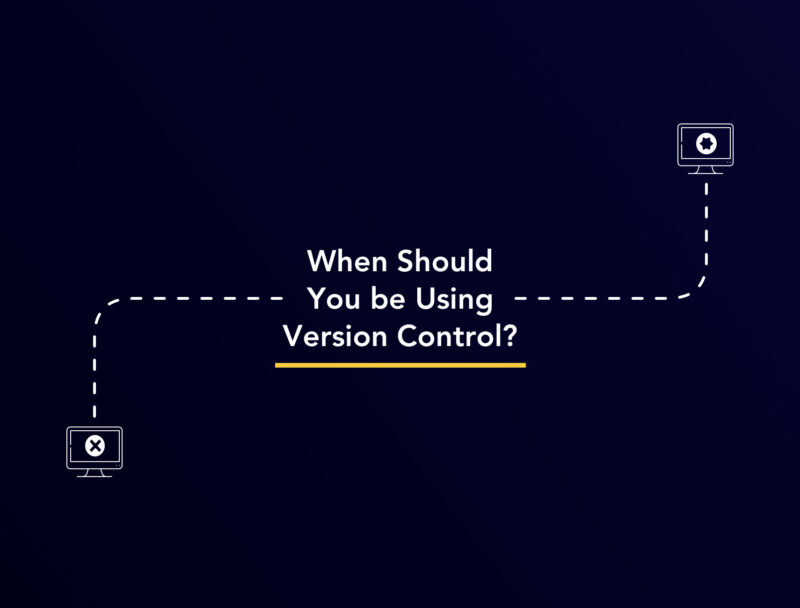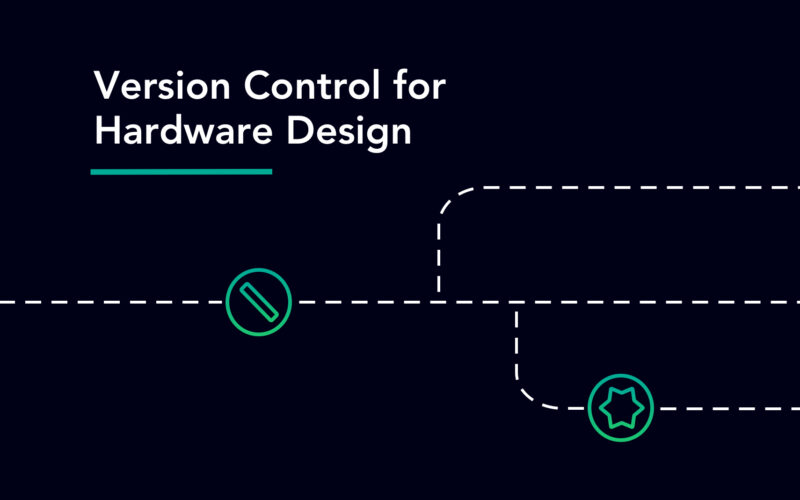Now that you know about version control, and why it’s extremely useful. You also know how to use it in the optimal way to get the best out of it. The only thing that’s left now is to figure out when such systems are used and whether they are worth the financial and training efforts.
In short, version control systems are absolutely worth it when utilized in the best way possible, especially in the hardware industry. One little mistake or data omission can result in the whole product failing, with massive financial losses incurred. Therefore, there is a need to be extremely meticulous with record-keeping and data in this field.
However, even if a database is stored, when products need to be updated or reviewed, the files may be corrupted. You might think that simply keeping backups would be a viable solution for this, but the backups themselves would have to be constantly updated, leading to a larger chance of computer or human error. Therefore, version control is the ideal solution for all of this, and prevents such mishaps from occurring, especially where multi-stakeholder collaboration is applicable.
This is because it keeps all iterations of the product designs, with a complete and transparent overview of what changes, additions, and deletions have taken place. This makes it a boon particularly for engineers, as they will not have to trawl through huge swathes of data to figure out what happened at what point in time.
So, when exactly should version control be used to ensure that this ideal situation is in place? Once you have determined and perfected this, you’ll be able to utilize the system to the best of its ability, improving your workflow immensely.
Use Version Control Systems When:
1. You need to collaborate
The most basic and useful aspect of version control is how it makes collaboration easy. It allows users to access files in one place and make their changes and additions accordingly. This is a cloud database, so no matter where your collaborators are, they can get access to the designs. In addition, cloud storage will also keep the data safe from any human errors on their end.
2. People need to work simultaneously on one project
Version control, particularly the distributed type, is particularly useful for organizations with teams and stakeholders based in different places. Often, there are deadlines for product designs, and different members of the team have different areas of expertise. In that case, volleying emails and phone calls back and forth, wile trying to figure out a schedule to work on the design itself is highly inefficient.
With version control, they can just download a copy of the repository and then push the changes once they’re done working. This allows multiple people to work on one project simultaneously without getting in each other’s way.
3. You expect updates in the product designs
With hardware product designs, constant upgrades and new iterations are to be expected. However, if previous versions of files are overwritten, there is no way to go back to the old ones. This is where version control comes to the rescue by creating new branches whenever a change or update is made, and keeping the old ones intact.
4. You’re planning to create similar product designs
Leading on from the last point, once the branches with the basic infrastructure of the designs have been made, they can be cloned for later use as well. For example, if you want to develop a similar product, you won’t have to undergo the basic groundwork all over again, and will just have to add what is needed to the framework.
5. You need accessible, real-time records
Version control is particularly helpful for accountability purposes. With its ease of accessibility and how easy it makes simultaneous work, it is the perfect solution to your storage and development setbacks. It creates a set of records automatically updated in real-time, so that there is no miscommunication on any step of the way.
So, you can see where and when version control is applicable, and what its benefits are. All that’s left ot do is implement it in a way that suits you, and you’re all set to go!








